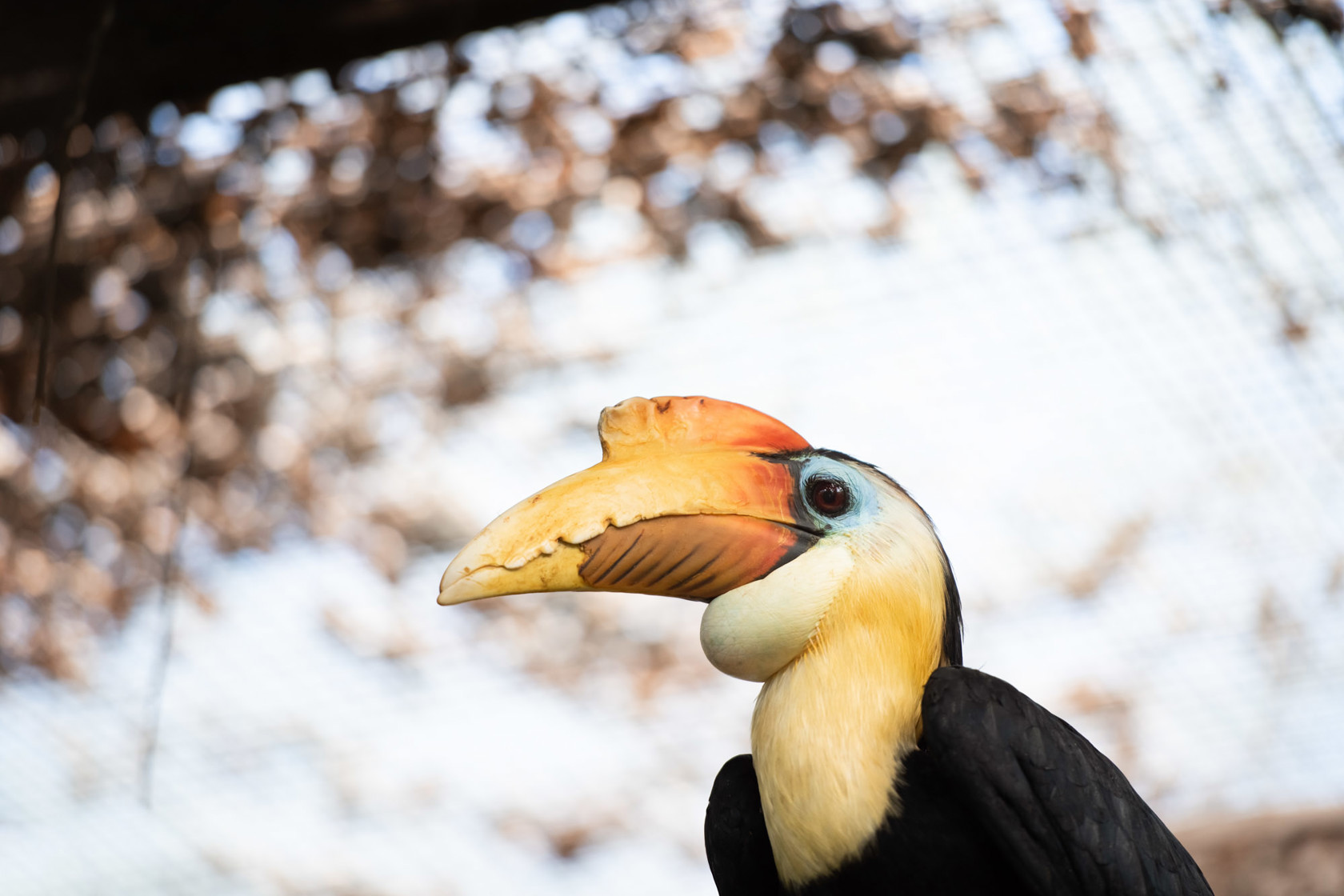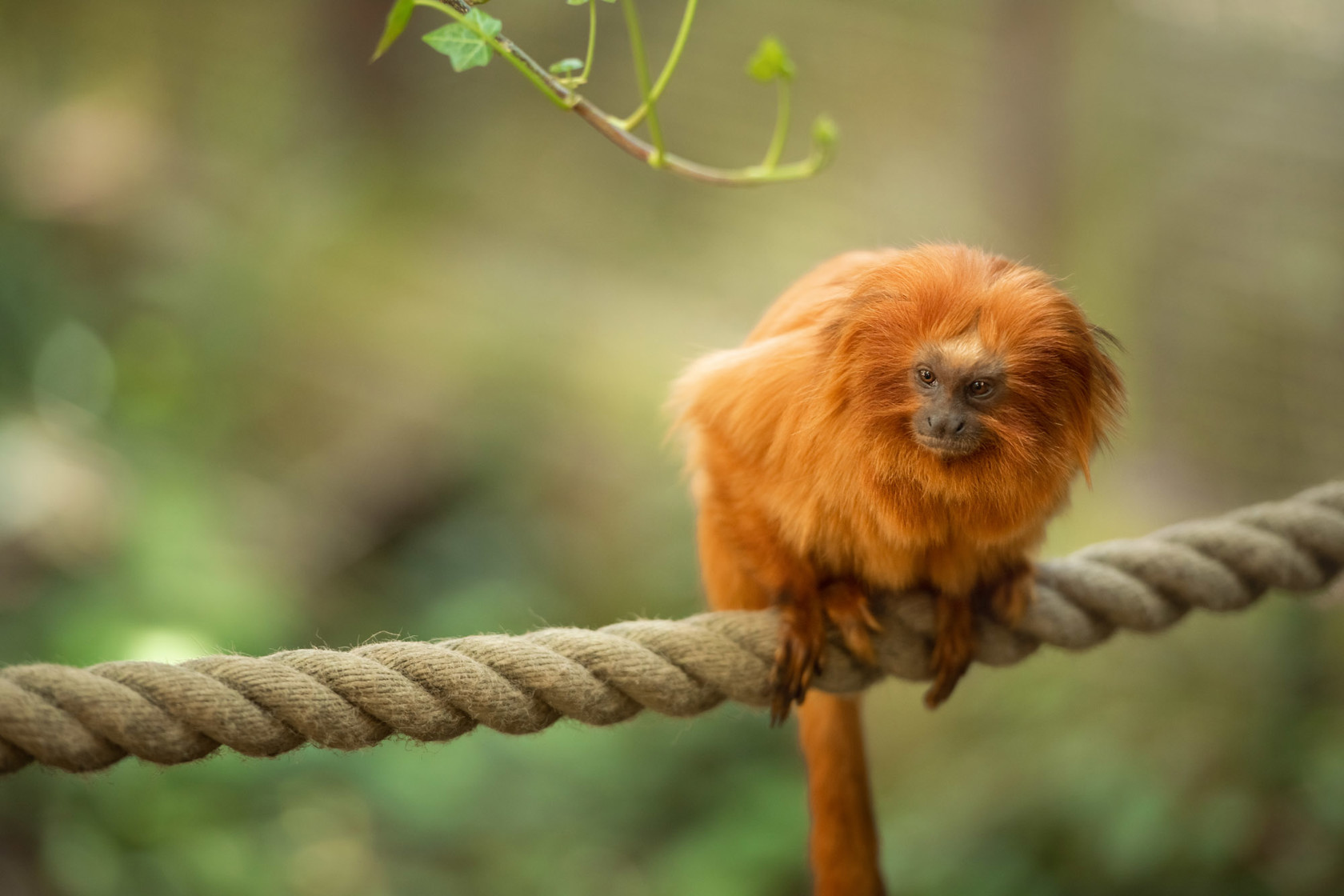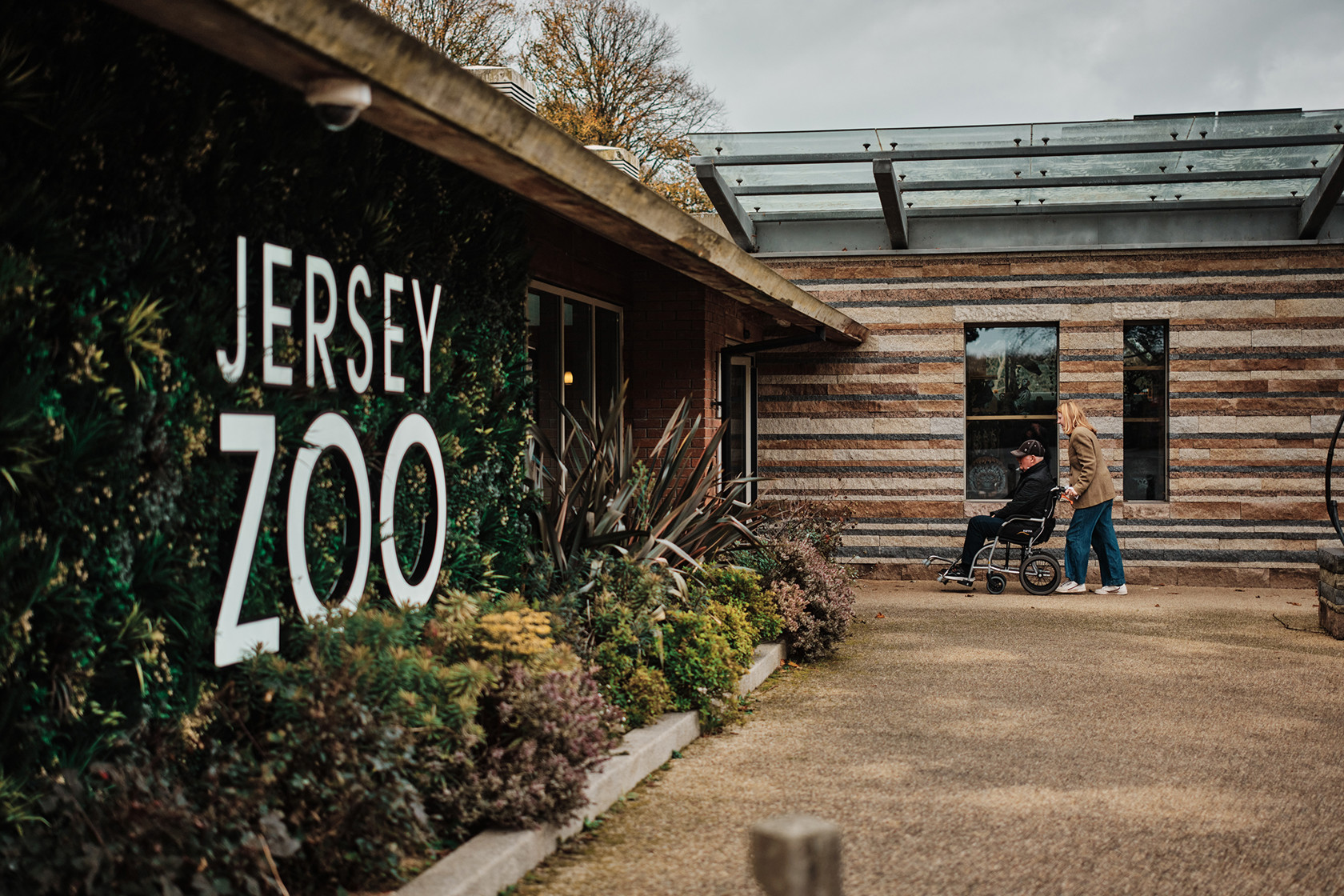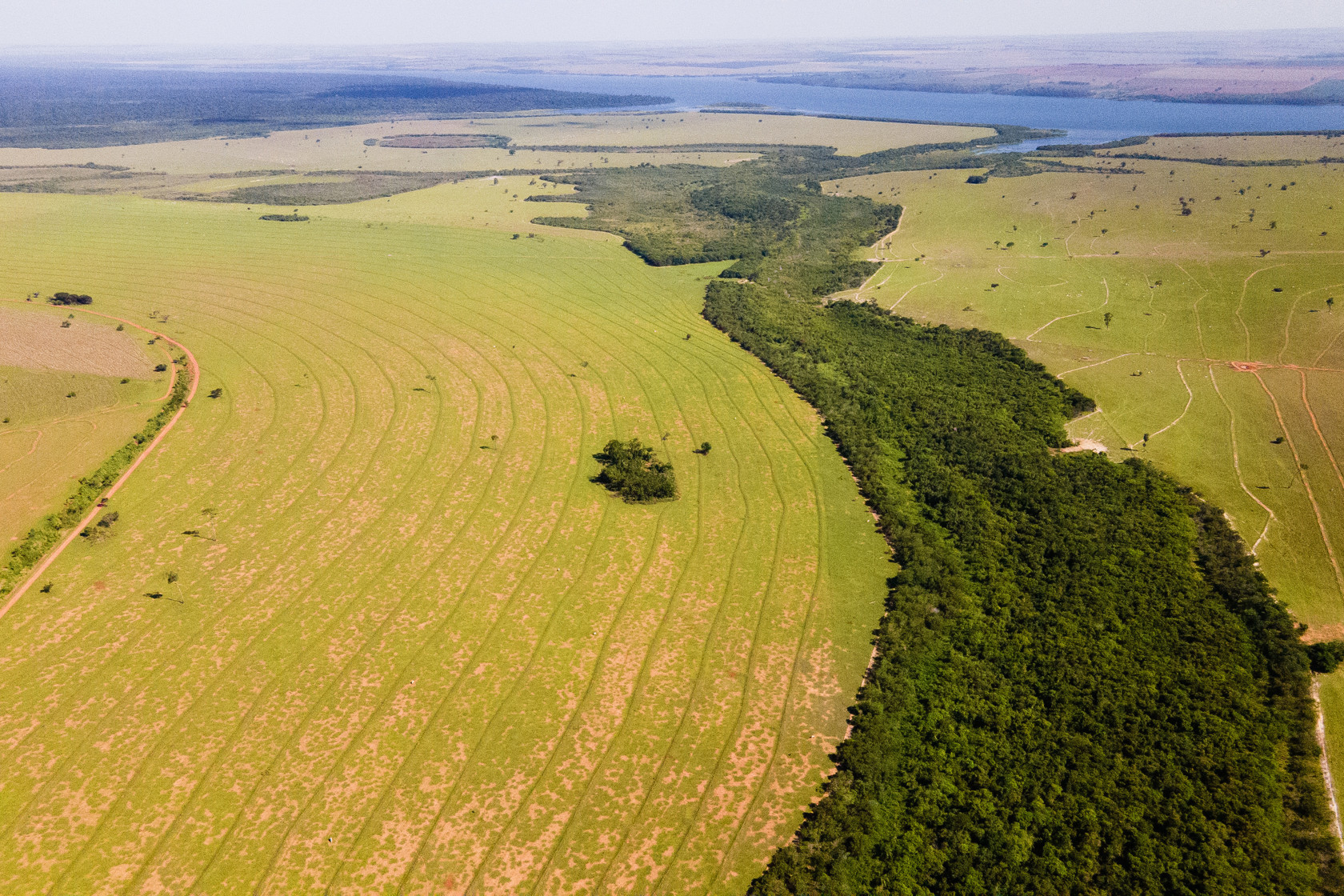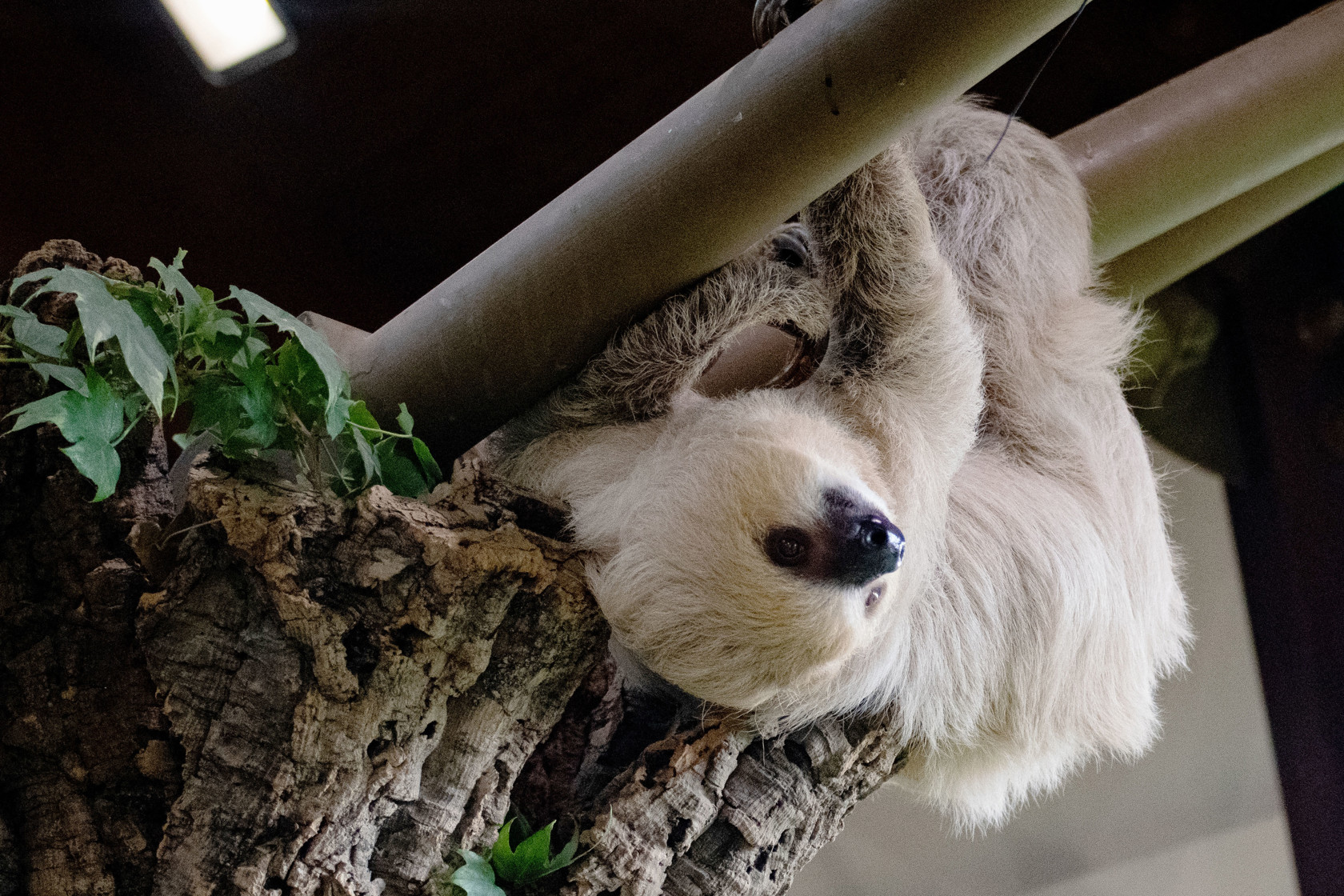REWILD OUR ISLANDS: Save the world’s most threatened species
Islands lie at the heart of Durrell’s vision of a wilder, healthier, more colourful world. Round Island in Mauritius and Floreana in the Galápagos are global icons that urgently need help.
Isolated from the mainland by oceans, islands have evolved to become unique and delicate ecosystems. They offer great diversity in plant and animal life and are home to the world’s rarest species, which are often found nowhere else on Earth.
However, these rare environments are hugely vulnerable and at risk of disappearing. The introduction of invasive species by humans continues to have a devastating effect on wildlife, causing the extinction of many species and pushing others to the brink.
Conservationists have shown that islands are beacons of hope, places where meaningful change can happen. Around the globe there are examples of islands being brought back to life and the recovery of their wildlife can be staggering.
Durrell is focusing on Round Island in Mauritius and Floreana in the Galápagos, not only to restore these islands for the unique wildlife they contain, but also as global case studies that can be replicated around the world.
Commenting on our work with islands, Durrell CEO Dr Lesley Dickie said:
“From Robinson Crusoe and Jurassic Park to perfect honeymoon destinations; islands have a captivating allure that we are all drawn to. However, at Durrell we are drawn to islands for a different reason; islands are ecologically vulnerable and having evolved in isolation they are magical in their diversity. They are also places where as conservationists we can have a meaningful impact, bringing back whole ecosystems from the brink.
We want to highlight the pressures that islands face but also show that there is hope. Round Island is a living experiment in rewilding an island and bringing back ecosystems. Every day we are learning what works and what doesn’t. It is a global case study for island rewilding and so what happens on Round Island has important ramifications for what happens elsewhere”
Our ambition is to REWILD Round Island and Floreana, making them RESILIENT to global change and then to REPLICATE this approach on other islands across the world. We have launched an appeal to raise £100,000 to help combat the threats that continue to devastate these delicate ecosystems and help to recover their threatened wildlife.
This appeal was first launched at our annual lecture at The Royal Institution in London on 15th November 2018. The evening was kindly sponsored by Rathbone Greenbank Investments and nearly 400 guests attended including His Excellency Mr. Carlos Abad, Ambassador of Ecuador.
The first speaker was our newest ambassador, TV Presenter and naturalist, Monty Halls speaking about the wonders of the Galápagos and his recent experiences living there with his young family while filming ‘My Family and the Galápagos’. Monty was followed by Dr Nik Cole, Durrell’s Islands Restoration Manager who focused on the achievements of Durrell and our Mauritian partners working on Round Island for over 40 years and the vision for the future.
Commenting on the evening, John David, Head of Rathbone Greenbank Investments said:
“We were delighted to sponsor the annual Durrell Lecture. It was an informative and inspiring evening which highlighted not only the incredible work that Durrell are doing on these islands but also the work that is yet to be done. A charity like Durrell which clearly embodies the values that our investors hold is an obvious choice for us and we look forward to growing this relationship in the future.”
Photo credits: Charlotte Brett (GCT) - coastal landscape, Floreana / David Hedding - Round Island, Mauritius / Luis Ortiz Catedral - Floreana mockingbird / Durrell - Gunther's gecko / Susanna Oreskovic (GCT) - arid landscape, Floreana
Isolated from the mainland by oceans, islands have evolved to become unique and delicate ecosystems. They offer great diversity in plant and animal life and are home to the world’s rarest species, which are often found nowhere else on Earth.
However, these rare environments are hugely vulnerable and at risk of disappearing. The introduction of invasive species by humans continues to have a devastating effect on wildlife, causing the extinction of many species and pushing others to the brink.
Conservationists have shown that islands are beacons of hope, places where meaningful change can happen. Around the globe there are examples of islands being brought back to life and the recovery of their wildlife can be staggering.
Durrell is focusing on Round Island in Mauritius and Floreana in the Galápagos, not only to restore these islands for the unique wildlife they contain, but also as global case studies that can be replicated around the world.
Commenting on our work with islands, Durrell CEO Dr Lesley Dickie said:
“From Robinson Crusoe and Jurassic Park to perfect honeymoon destinations; islands have a captivating allure that we are all drawn to. However, at Durrell we are drawn to islands for a different reason; islands are ecologically vulnerable and having evolved in isolation they are magical in their diversity. They are also places where as conservationists we can have a meaningful impact, bringing back whole ecosystems from the brink.
We want to highlight the pressures that islands face but also show that there is hope. Round Island is a living experiment in rewilding an island and bringing back ecosystems. Every day we are learning what works and what doesn’t. It is a global case study for island rewilding and so what happens on Round Island has important ramifications for what happens elsewhere”
Our ambition is to REWILD Round Island and Floreana, making them RESILIENT to global change and then to REPLICATE this approach on other islands across the world. We have launched an appeal to raise £100,000 to help combat the threats that continue to devastate these delicate ecosystems and help to recover their threatened wildlife.
This appeal was first launched at our annual lecture at The Royal Institution in London on 15th November 2018. The evening was kindly sponsored by Rathbone Greenbank Investments and nearly 400 guests attended including His Excellency Mr. Carlos Abad, Ambassador of Ecuador.
The first speaker was our newest ambassador, TV Presenter and naturalist, Monty Halls speaking about the wonders of the Galápagos and his recent experiences living there with his young family while filming ‘My Family and the Galápagos’. Monty was followed by Dr Nik Cole, Durrell’s Islands Restoration Manager who focused on the achievements of Durrell and our Mauritian partners working on Round Island for over 40 years and the vision for the future.
Commenting on the evening, John David, Head of Rathbone Greenbank Investments said:
“We were delighted to sponsor the annual Durrell Lecture. It was an informative and inspiring evening which highlighted not only the incredible work that Durrell are doing on these islands but also the work that is yet to be done. A charity like Durrell which clearly embodies the values that our investors hold is an obvious choice for us and we look forward to growing this relationship in the future.”
Photo credits: Charlotte Brett (GCT) - coastal landscape, Floreana / David Hedding - Round Island, Mauritius / Luis Ortiz Catedral - Floreana mockingbird / Durrell - Gunther's gecko / Susanna Oreskovic (GCT) - arid landscape, Floreana

